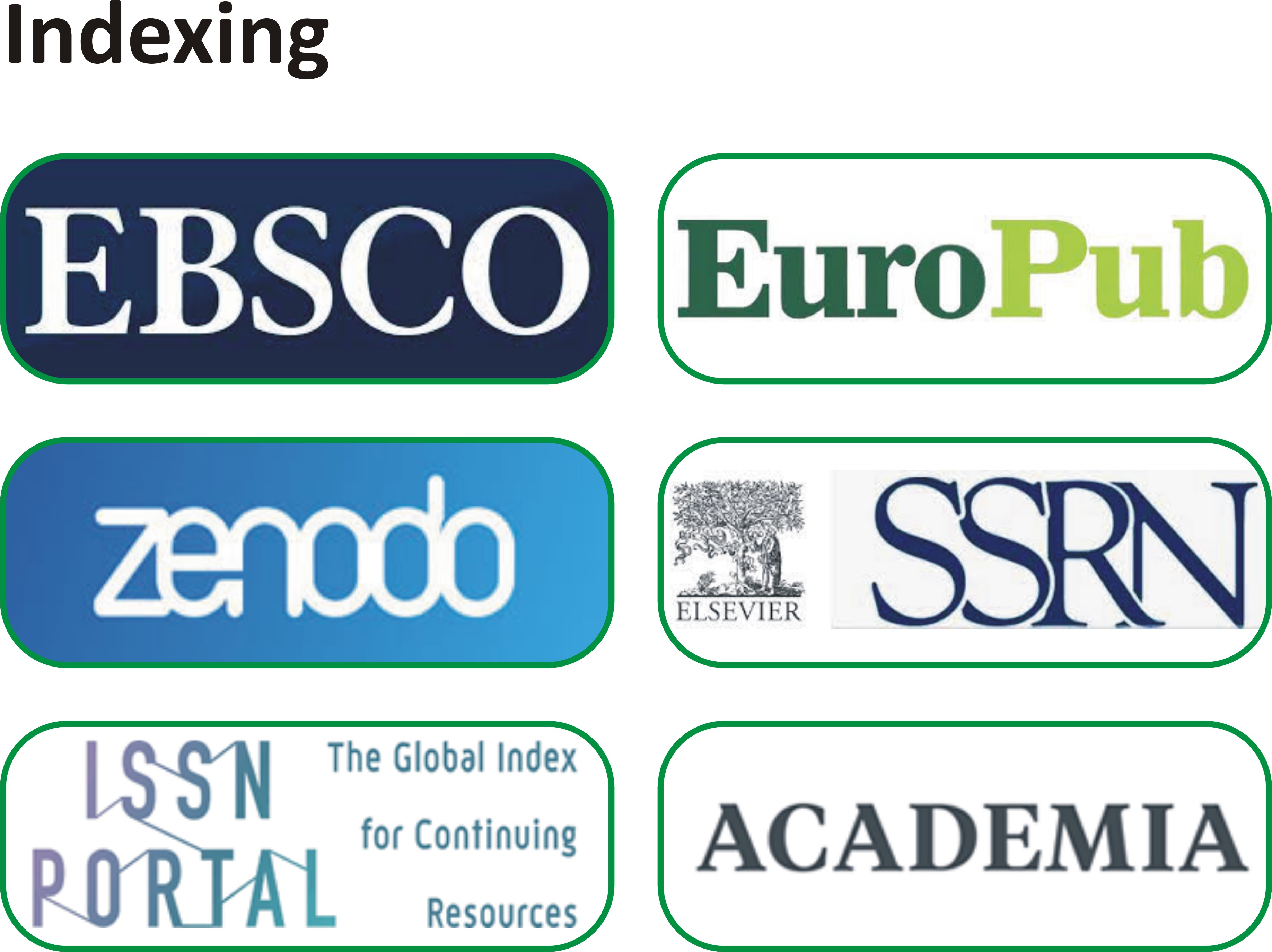Exploring Motivations and Barriers of Students’ Migration to Quetta City from Rural Areas of Balochistan for Higher Education
Abstract
This study explores the complex patterns and consequences of student moving from rural areas of Balochistan to Quetta city for higher education using a qualitative exploration methodology, which is grounded on primary and secondary data sources. This research further intends to add to the body of knowledge by providing insightful analysis of the always changing opportunities and difficulties coming from the interaction between migration and education. Diverse reasons, such as access to higher-quality education, exposure to new cultures and diversities, improved employment chances and the pursuit of specialized fields of study.Qualitative research approach was adopted to explore the phenomena through key informant interviews from key informants and exploratory research type was applied to the study as the study is exploratory in the nature. Considering the principles of saturation, overall, fourteen key informant interviews were conducted for collecting the primary data on the phenomena, whereas secondary data are gathered from available peer reviewed sources. The exploration aims to determine the factors driving pupil migration to Quetta city, assess the effect, explore the obstacles and hassles faced by shifting students. This study adds significant perceptivity into the qualitative aspects of migration dynamics and their consequences for student and the host city by offering a lesser appreciation of the complications of pupil mobility. The results of the study highlighted that a pull of the stability and educational opportunities as motivational factor and the transformative potential of student migration was another motivation whereas the results highlighted the historical context and geopolitical events as barriers and also highlighted socio-political and economic situations and barriers.
Copyright Notice Submission of an article implies that the work described has not been published previously (except in the form of an abstract or as part of a published lecture or academic thesis), that it is not under consideration for publication elsewhere, that its publication is approved by all authors and tacitly or explicitly by the responsible authorities where the work was carried out, and that, if accepted, will not be published elsewhere in the same form, in English or in any other language, without the written consent of the Publisher. The Editors reserve the right to edit or otherwise alter all contributions, but authors will receive proofs for approval before publication. Copyrights for articles published in IJSSA journal are retained by the authors, with first publication rights granted to the journal. The journal/publisher is not responsible for subsequent uses of the work. It is the author’s responsibility to bring an infringement action if so desired by the author.



